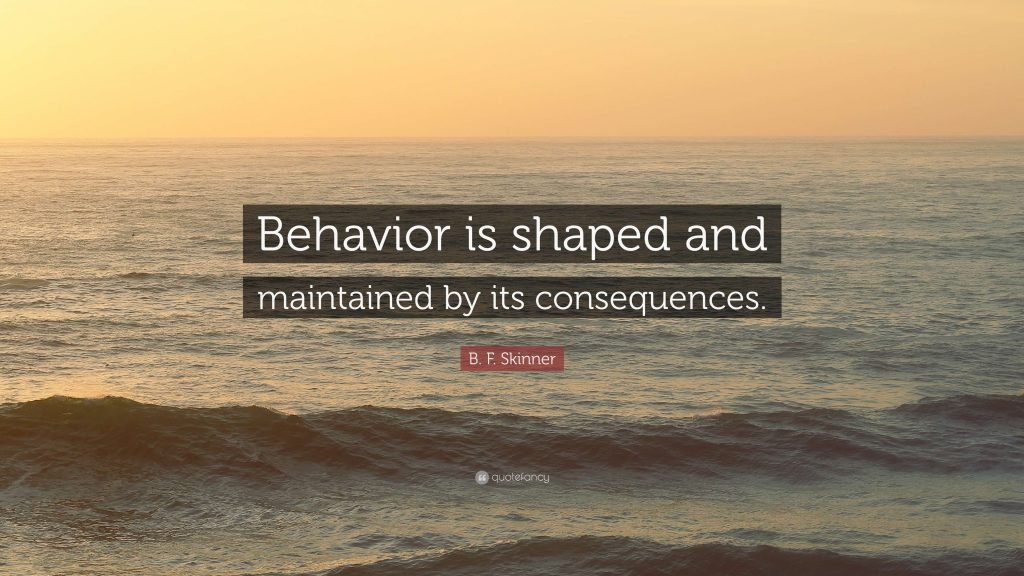Whether we collaborate as a family, a group of students embarking on a project, or as teammates within a company, the success of our collective endeavour hinges solely on the behaviour exhibited by the individuals within the group. It is through their actions and interactions that we can discern our likelihood of achieving our shared objectives.
We do not need to read people’s minds to figure out the reason for their behaviour. We have everything we need to understand people’s behaviour—that is, the consequences of their behaviour. People do what they do because of what happens to them when they do it.
Consequences can be used to increase or decrease the behaviour.
Increase behaviour
- Positive reinforcement: It causes behaviour to increase when desired, and meaningful consequences follow.
- Negative reinforcement: It causes a behaviour to increase as a means of escaping or avoiding the unpleasant consequence.
Note that consequence is defined as positive or negative by the person receiving the reinforcement. It has nothing to do with the intention of the person deciding the consequence.
Decrease behaviour
- Punishment or penalty: It causes a behaviour to decrease when punished as consequence of a behaviour E.g speeding
The shelf life of consequences is limited. It has to be immediate for it to be effective.
When leaders understand the consequences of their actions, they will realize that finding fault with people for their inappropriate behaviour is not fair. Everybody’s behaviour makes sense to them. People simply behave in a manner consistent with the consequences they are receiving now and have received in the past. To modify the behaviour, do not blame; instead, analyze why people are behaving as they are and modify the consequences to promote the behaviour needed.
Reference: Bringing out the best in people by Aubrey C. Daniels














3 thoughts on “Influencing Behaviour”
Comments are closed.